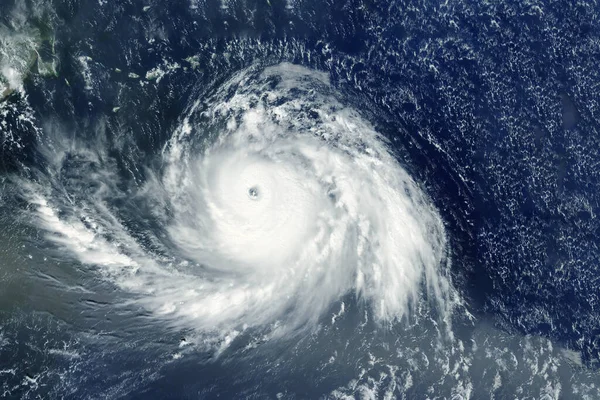
When winds howl at 185 mph and entire towns get reduced to rubble overnight, the question isn’t just how to rebuild-it’s whether the world’s storm rating system is keeping up. Hurricane Melissa, one of the most powerful Atlantic storms in more than 150 years, has left a trail of devastation across Jamaica and other Caribbean nations, claiming 28 confirmed lives in Jamaica alone and prompting urgent calls for humanitarian aid.
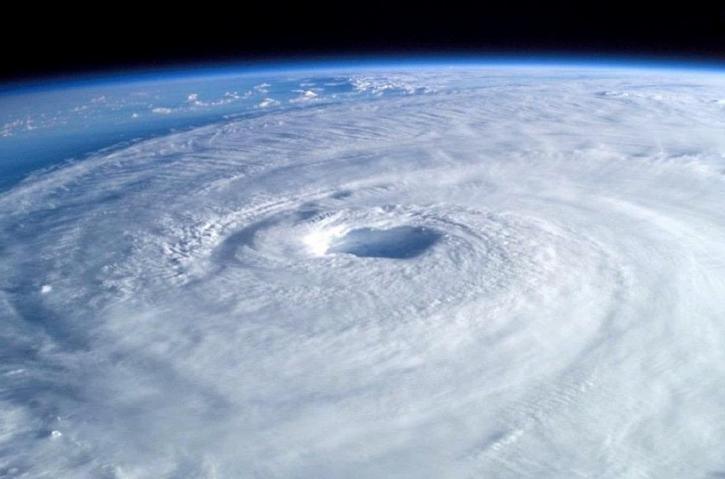
1. A Storm of Unprecedented Force
The rapid intensification of Melissa astounded forecasters by leaping from a 70-mph tropical storm to a high-end Category 5 hurricane in three days. By the time it slammed into Jamaica’s southwest coast, the World Meteorological Organization warned it would be “the storm of the century” for the island. The Red Cross described it as a “disaster of unprecedented catastrophe” as an estimated 77% of Jamaica lost electricity and key infrastructure “severely compromised,” according to local officials.
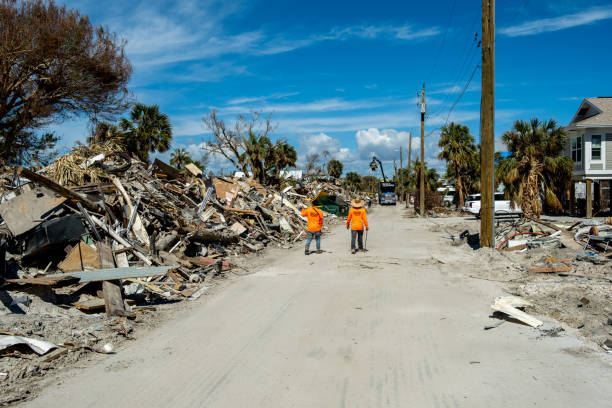
2. Human Toll and Heartbreak
The death toll in Jamaica shot up overnight with deaths reported in Westmoreland, Hanover, St. James, and St. Elizabeth, where an estimated 90% of homes were destroyed. In Haiti, at least 23 died and 13 are still missing, many of them swept away when the La Digue river burst its banks in Petit-Goâve. “I had four children at home… the storm killed my entire family,” said resident Steven Guadard, his words underscoring the profound human tragedy.

3. Relief Arrives as Desperation Mounts
Communities were left isolated for days with blocked roads and communication lines. Now, the relief is flowing in: an extra £5 million in emergency funding has been pledged by the UK, which will send over 3,000 shelter kits and 1,500 solar-powered lanterns. The US has sent a regional Disaster Assistance Response Team, while the UN’s World Food Programme is distributing 2,000 boxes of emergency food to meet the needs of 6,000 people for a week. “The priority now is to get help to those who need it,” said Jamaica’s Social Security Minister Pearnel Charles Jr.
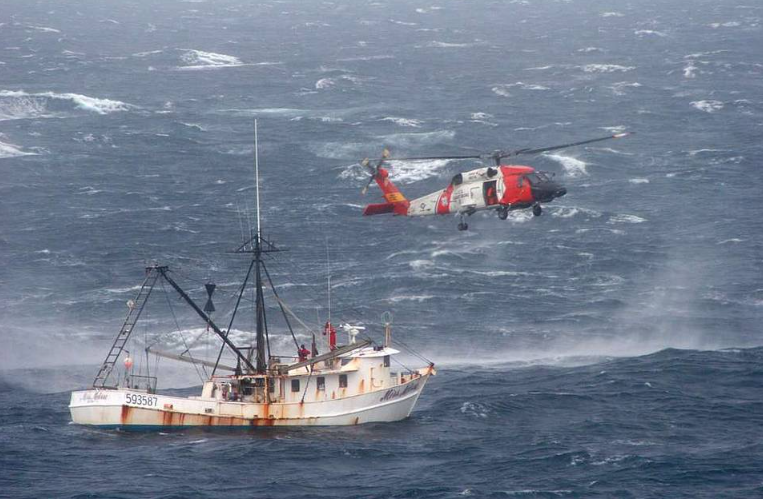
4. The Category 6 Debate
Melissa’s extreme winds have revived the debate on the need for a new top tier in the Saffir-Simpson scale. Current classifications cap at Category 5, which is defined as those winds of 157 mph or higher, but storms like Melissa, whose sustained winds are far beyond that threshold, give reason to question whether the system can efficiently convey risk. Scientists add that warmer oceans are fueling stronger and wetter hurricanes, portending “superstorms” like this one for the future.

5. Fingerprints of Climate Change
Anthropogenic warming is increasing the intensities of tropical cyclones and rainfall rates, while future projections indicate as much as 14% more rainfall in a 2°C warmer world, according to research from NOAA and the IPCC. Meanwhile, sea level rise, already over half a foot since 1900, compounds storm surge impacts like Melissa’s 15-foot surge in Black River, making the factor worse. Events, such as rapid intensification, are increasingly common, affording less time for evacuation and preparation.
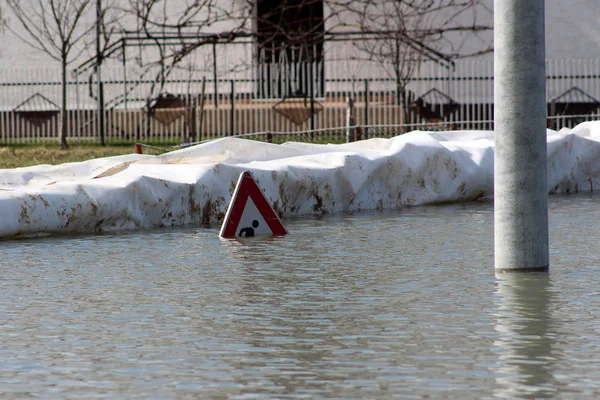
6. Building Resilience for the Future
Caribbean countries are experiencing an annual average of 17% of GDP in storm damage; thus, resilience is key. JBrains and other experts propose that preserving coastal wetlands, elevating susceptible buildings, and enforcing wind-resistant building codes are other ways to increase resilience. Well-managed retreat from high-risk areas and investment in disaster-resilient infrastructure can cut losses in the future. The Climate Mapping for Resilience and Adaptation portal offers tools that allow communities to plan ahead.
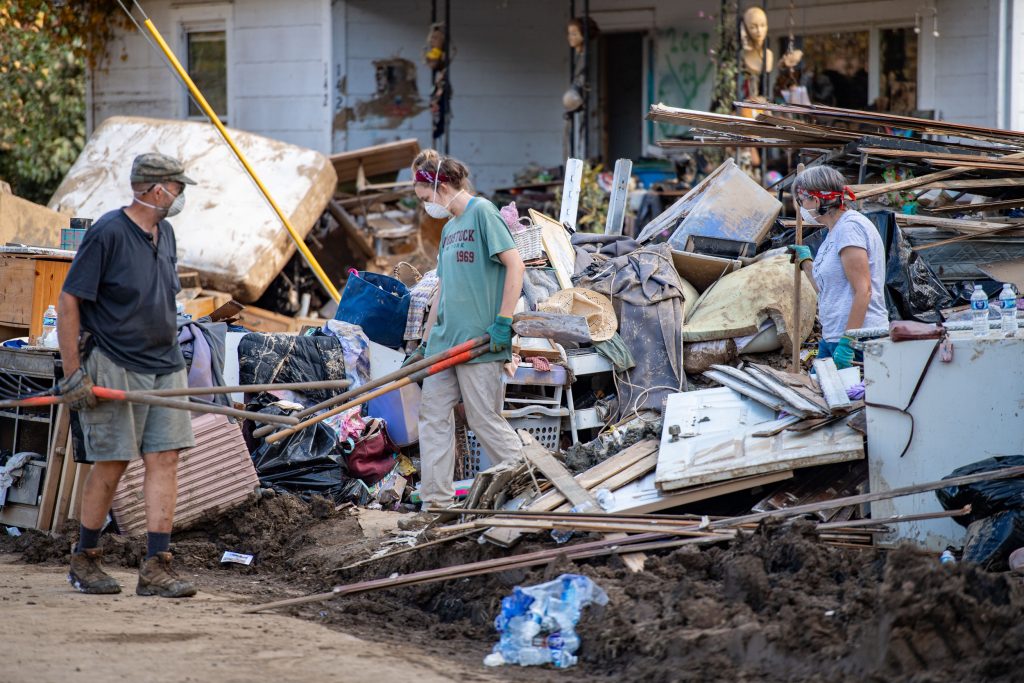
7. Emotional Recovery After Disaster
Recovery also entails emotional resilience beyond physical rebuilding. Psychologists recommend maintaining social contacts, participation in communal efforts to rebuild, and regulation of stress through techniques such as deep breathing or mindfulness.
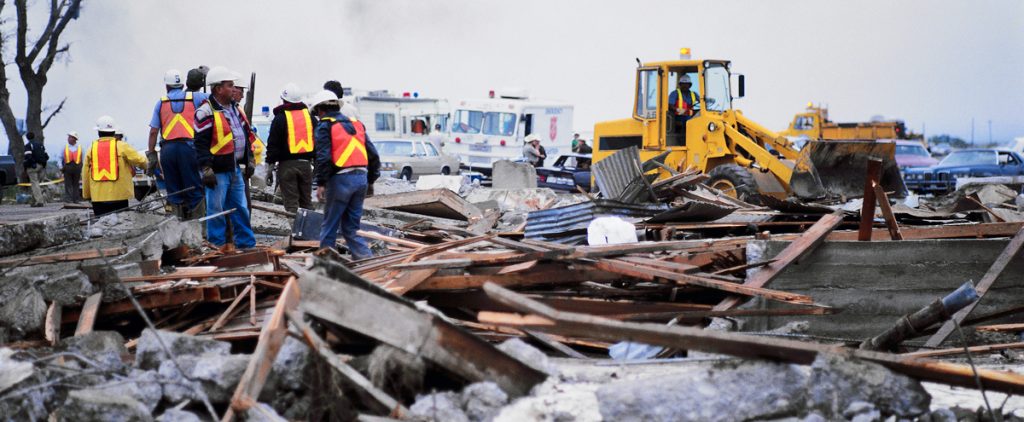
In Jamaica, survivors were determined: “Can’t give up. Not gonna give up,” said Roy Perry, sitting outside his destroyed home. Farmer Oreth Jones, who was selling the last of his produce, added: “We have to give God thanks we’re alive.”

8. Global Cooperation in Action
Melissa’s aftermath has spurred swift international collaboration. China has dispatched “family kits” to Cuba, while regional partners are coordinating logistics for the delivery of aid. Insurance mechanisms, such as the Caribbean Catastrophe Risk Insurance Facility, will pay Jamaica US$70.8 million within 14 days, providing critical liquidity for recovery. The path to recovery will be long, but amidst the wreckage, the Caribbean’s resilience-and the urgency for adapting to a changing climate-is clearer than ever.


